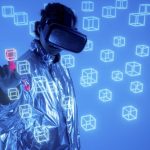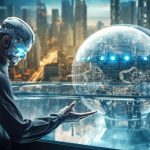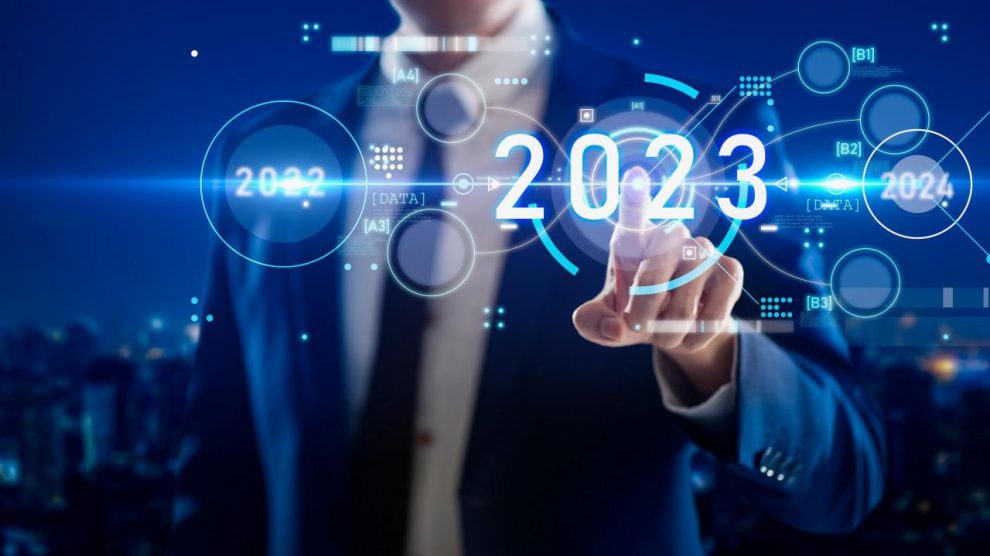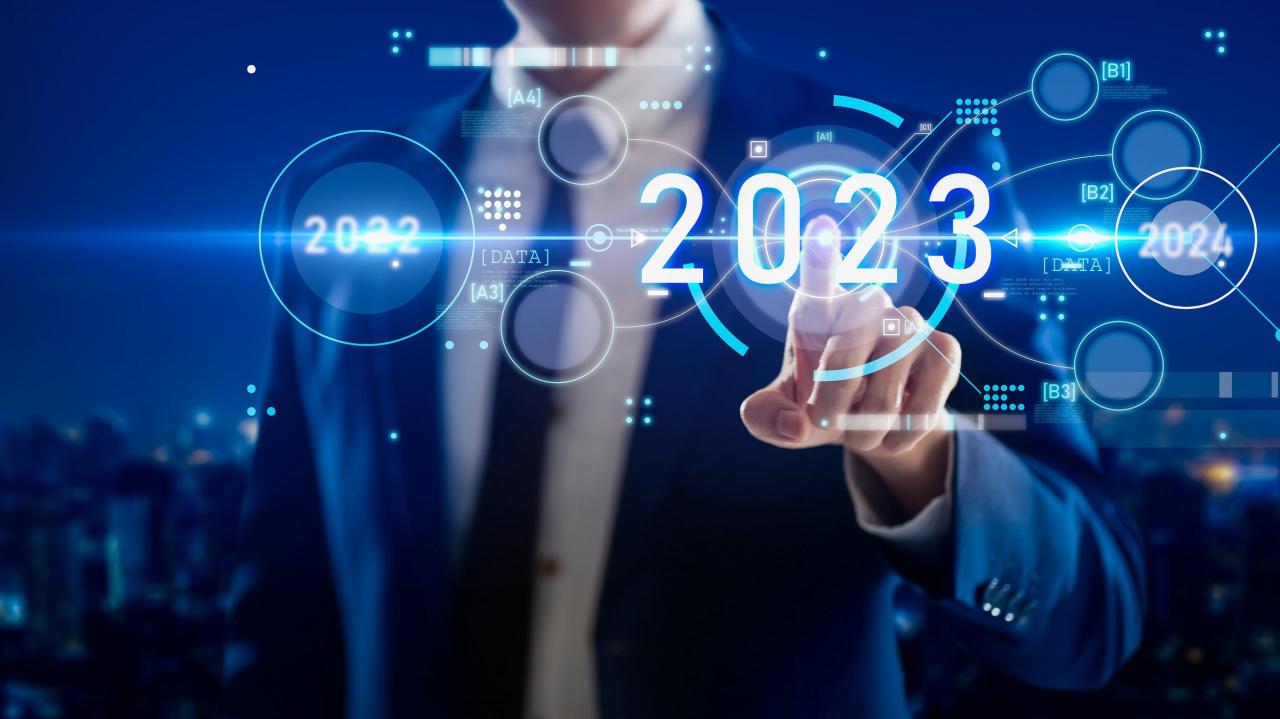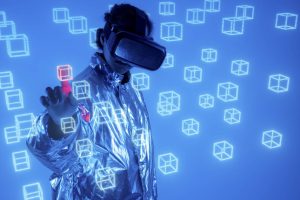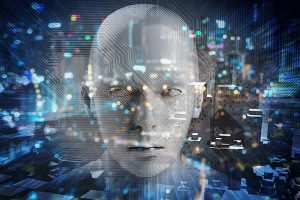Steve Jobs once said, “Innovation distinguishes between a leader and a follower.” In our increasingly digital world, the innovators are those who are creating the bridge between our digital and physical worlds. Here’s a closer look at this emerging trend and how it is set to shape 2023.
The Advent of Augmented Reality (AR)
One of the ways we see the digital world merging with the physical world is through Augmented Reality (AR). AR overlays digital information onto the real world, effectively blurring the line between the two. AR apps like IKEA Place allow users to visualize how furniture might look in their homes before buying. This seamless blend of the digital and physical realms offers consumers an immersive, interactive experience and is set to be a game-changer in retail, gaming, and many other industries.
The Internet of Things (IoT): A Web of Connections
Another critical factor in the blending of the digital and physical worlds is the Internet of Things (IoT). As devices become smarter and more connected, they also become an integral part of our physical world. From smart home devices like Amazon’s Alexa that can control our lighting and heating, to wearable devices that monitor our health, the IoT is embedding the digital world into our physical reality. The data these devices generate gives us unprecedented insights into our habits, health, and preferences, making our interactions with the digital world more personalized and intuitive.
Artificial Intelligence (AI) in Everyday Life
Artificial Intelligence (AI) is another tool that is bridging the digital and physical worlds. Machine learning algorithms can now recognize patterns, make decisions, and even mimic human behavior. For instance, AI can analyze data from smart home devices to optimize energy use in our homes. AI-powered digital assistants like Siri or Google Assistant interact with us in increasingly human-like ways, further intertwining our digital and physical experiences.
Digital Twins: Simulating the Physical World
Another fascinating trend is the use of digital twins – a digital replica of a physical entity. In a digital twin setup, sensors gather data from a physical object to represent it in the digital world. This technology allows for advanced simulations, analysis, and control. For example, digital twins of cities can help optimize traffic flow and plan urban development, creating a harmony between our digital capabilities and our physical infrastructure.
Cyber-Physical Systems (CPS)
Cyber-Physical Systems (CPS) integrate computing, networking, and physical processes. CPS use sensors and actuators to directly interact and coordinate with the physical world. One example is autonomous vehicles that use CPS to interpret their surroundings and make decisions about their path, speed, and direction.
The Future is Hybrid
As we move into 2023 and beyond, the bridge between the digital and physical worlds will continue to strengthen. New technologies and innovations will continue to emerge, further blurring the lines between these two realms.
As we continue to innovate, it’s important to remember the words of Tim Berners-Lee, the inventor of the World Wide Web, who said, “The power of the Web is in its universality.” As the digital and physical worlds continue to merge, we must strive to ensure this new hybrid world is accessible and beneficial for all. Innovation should always be a tool for progress, inclusivity, and mutual understanding.



